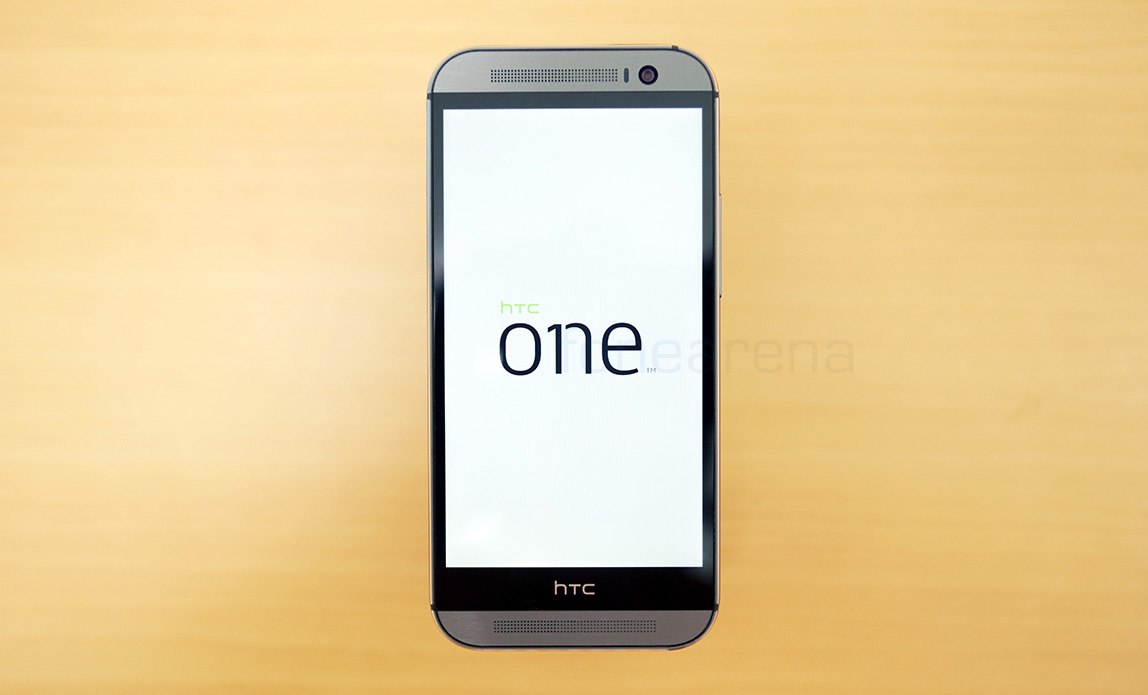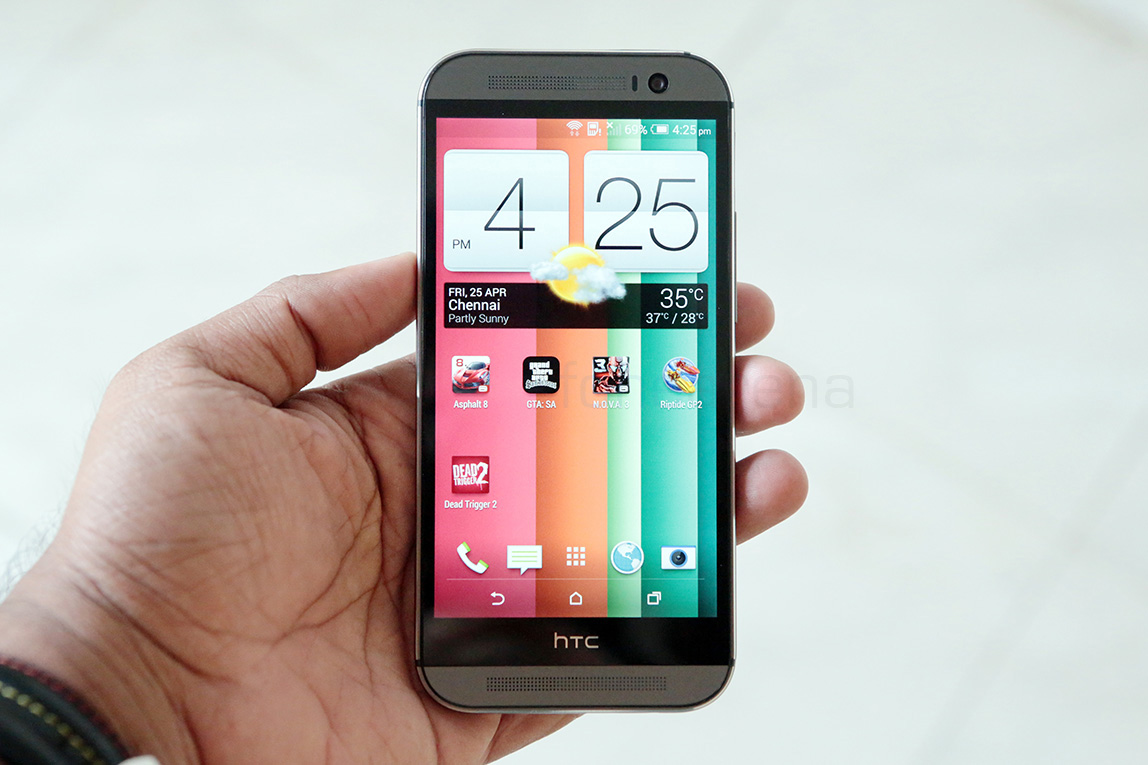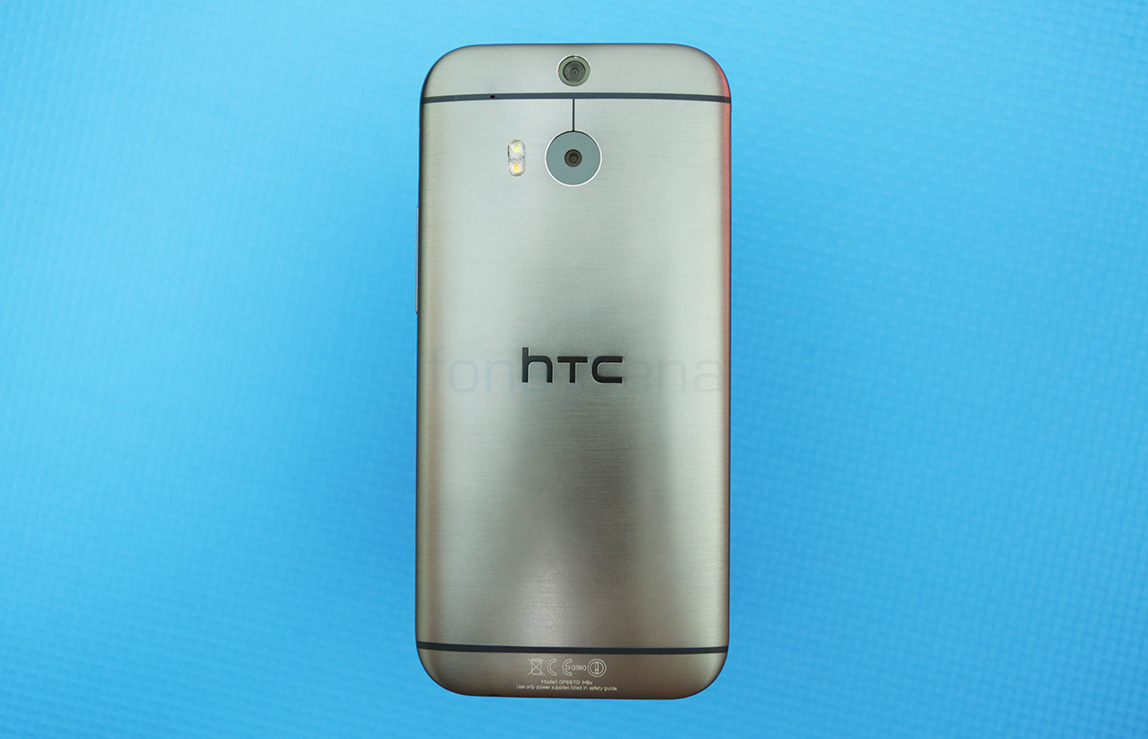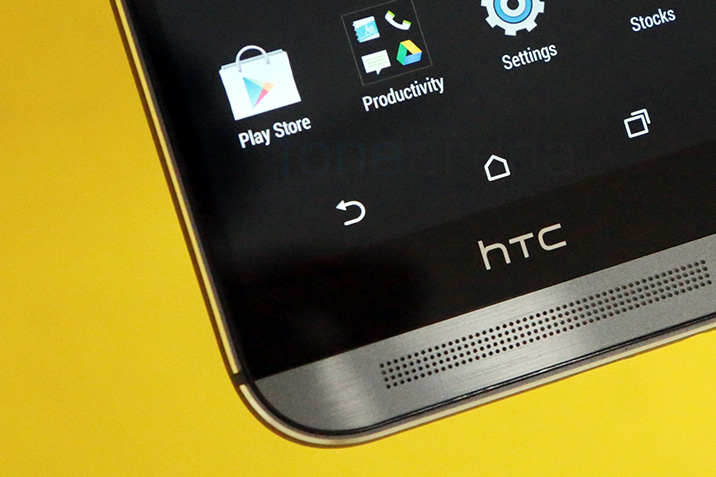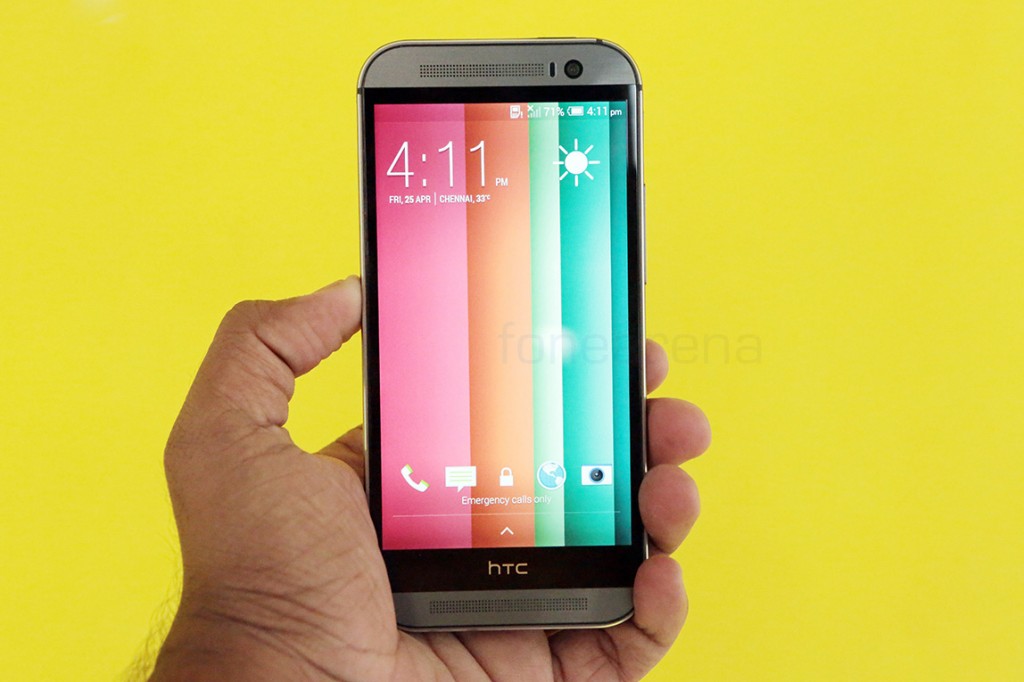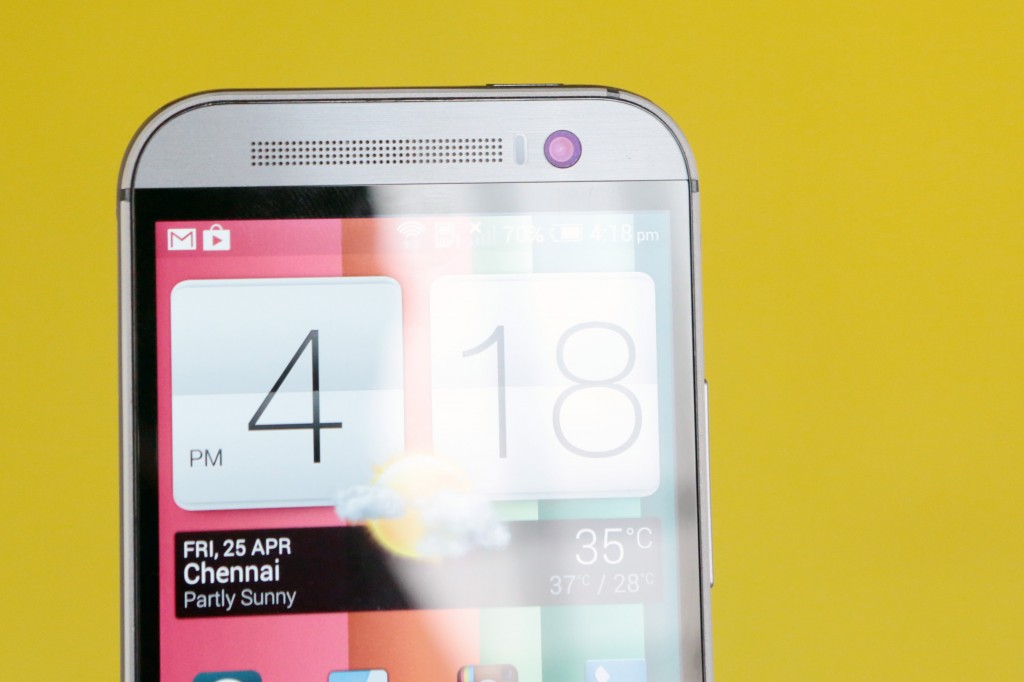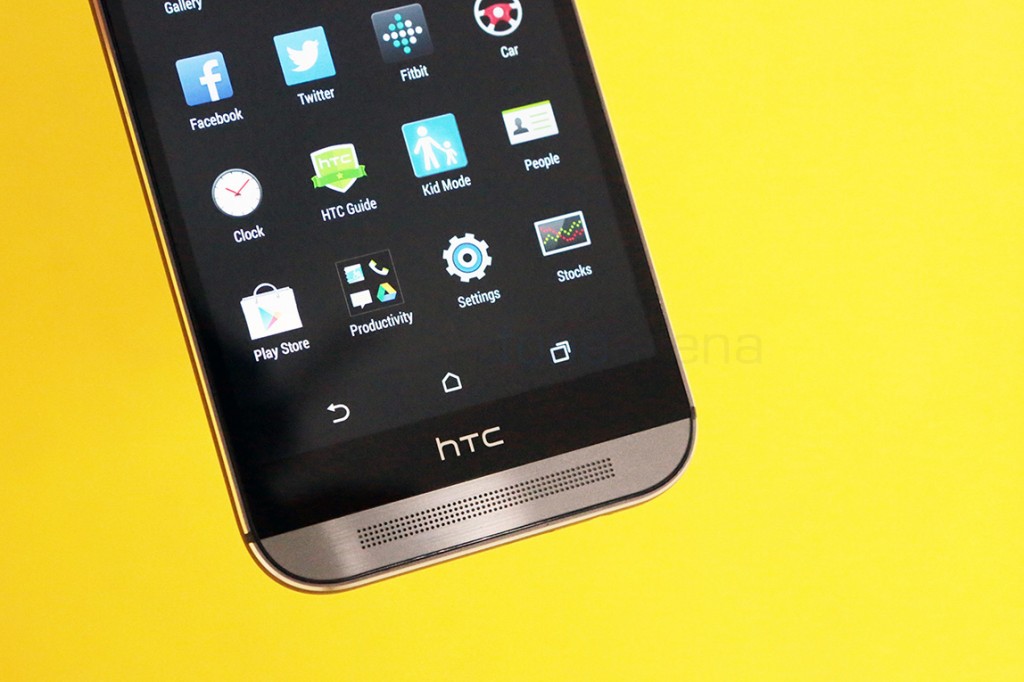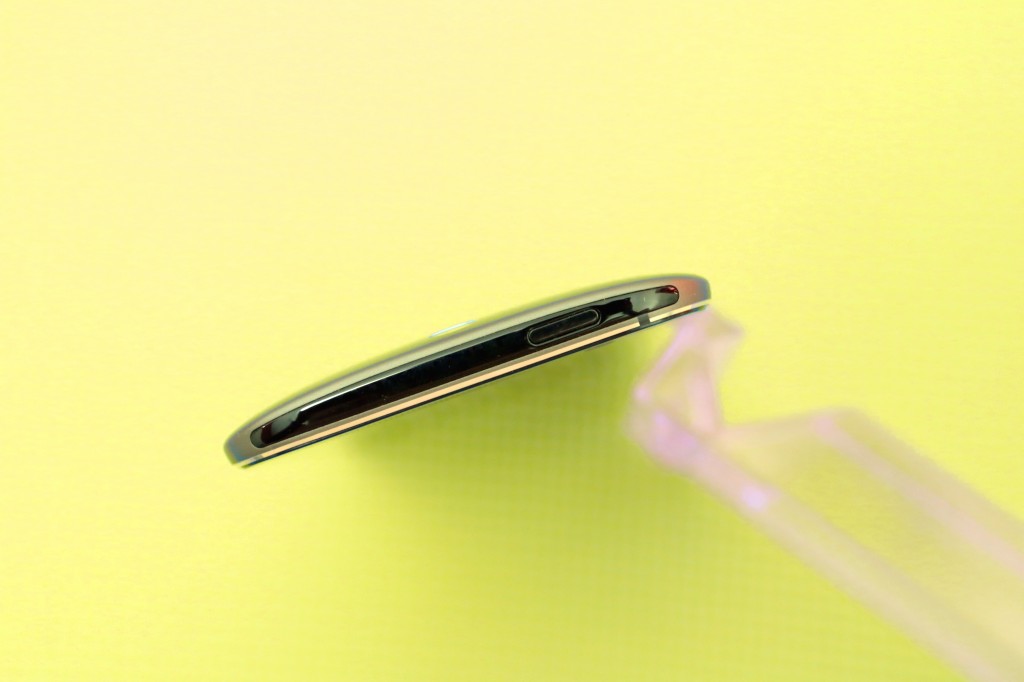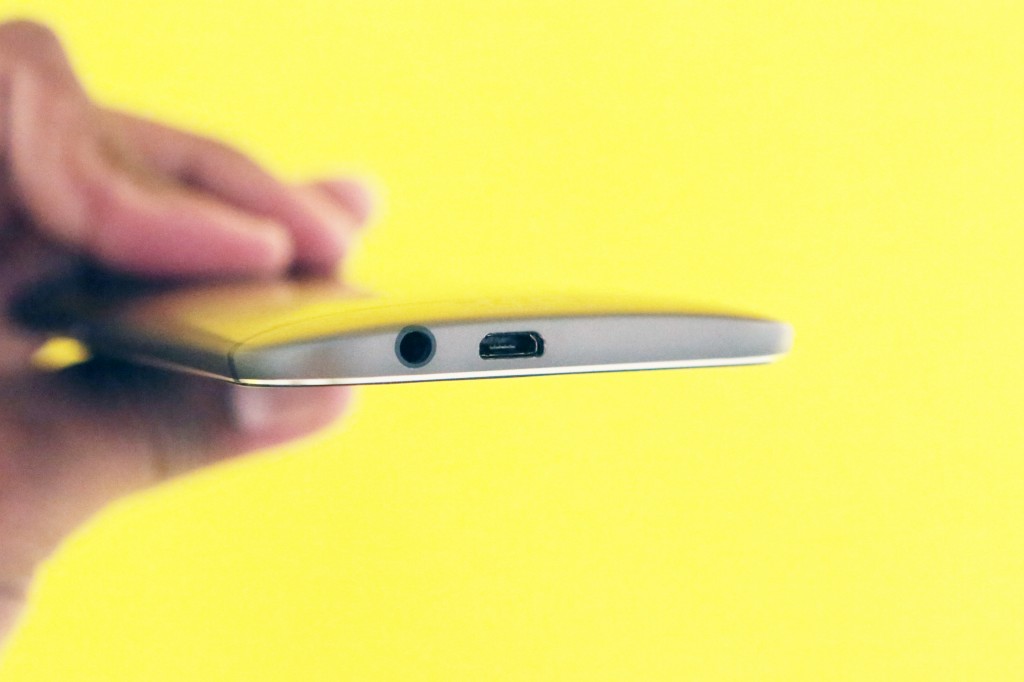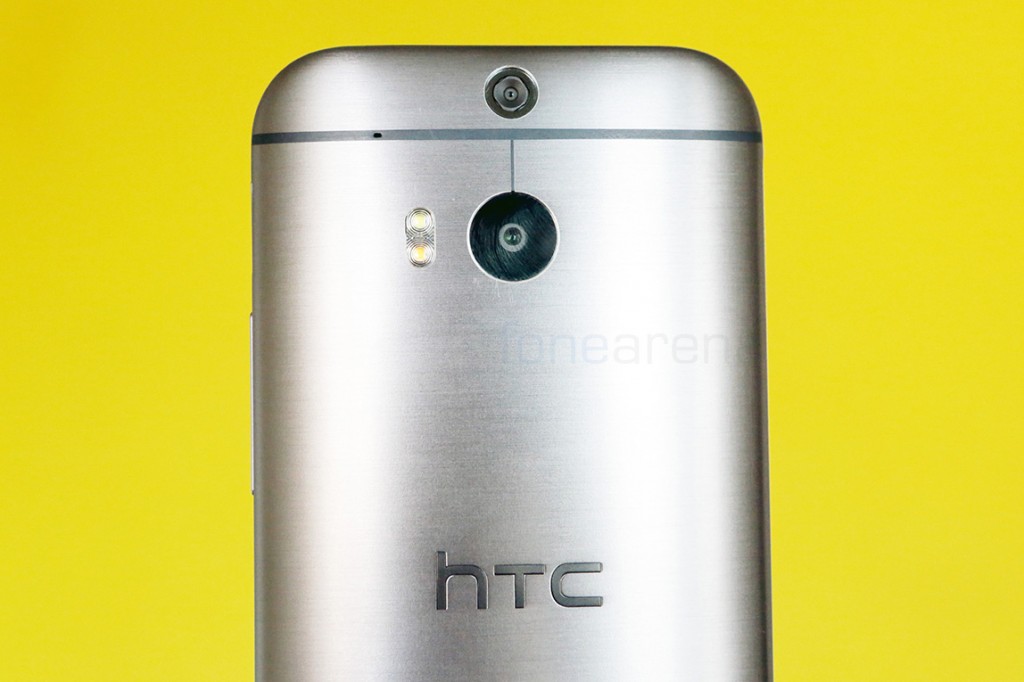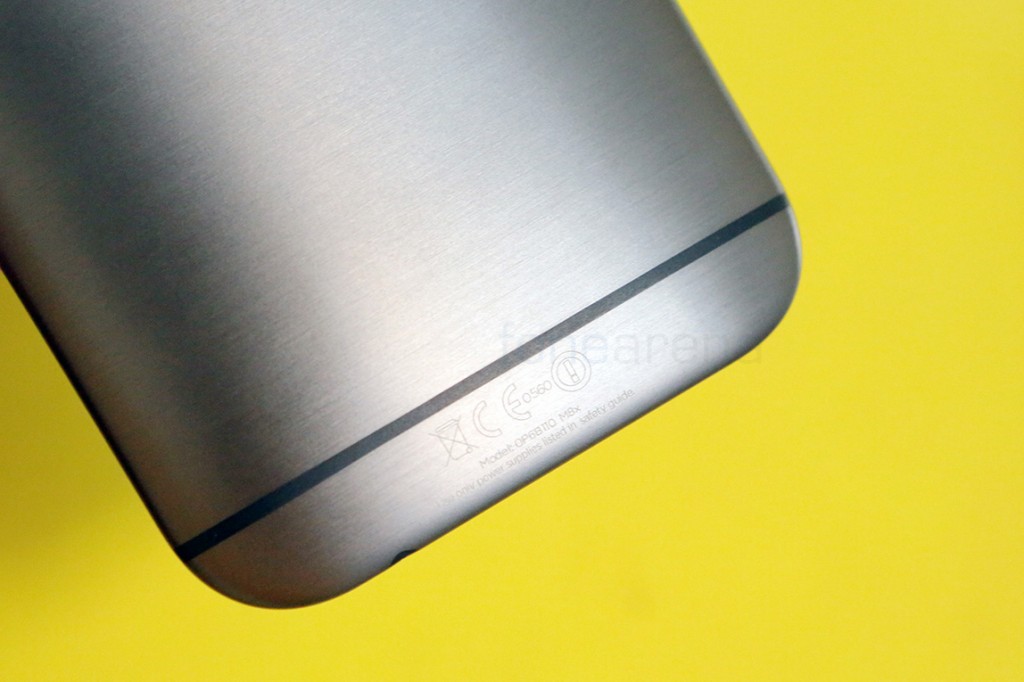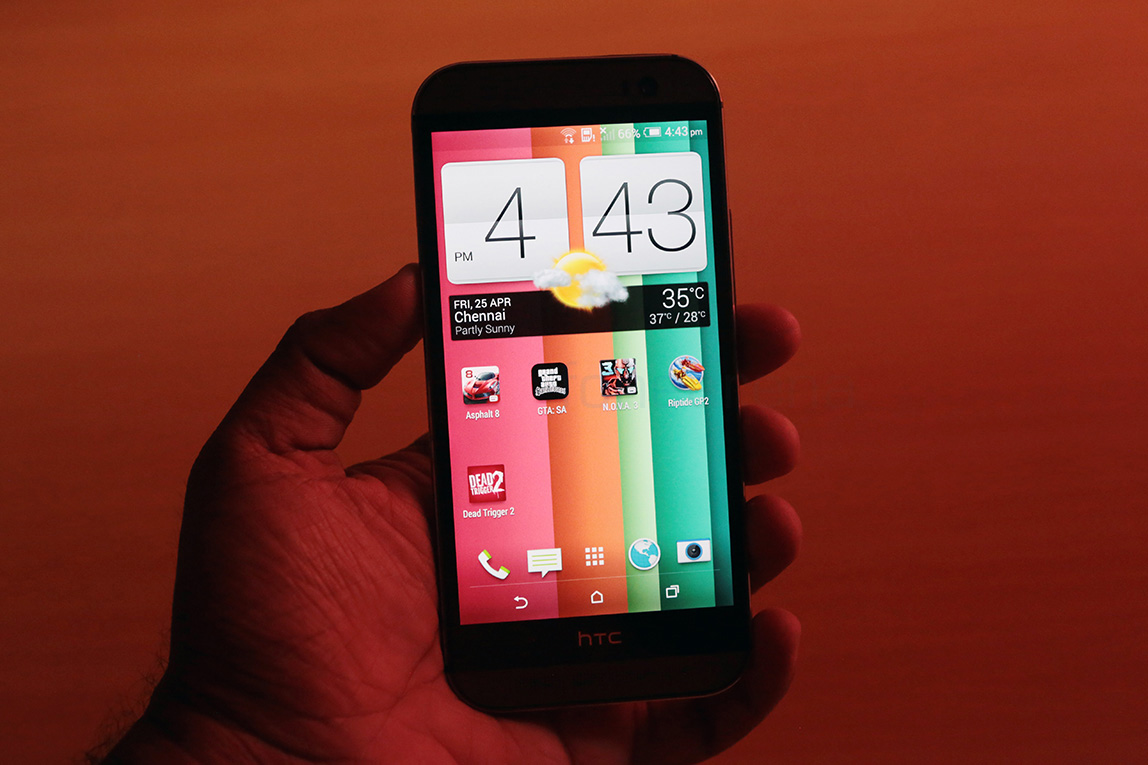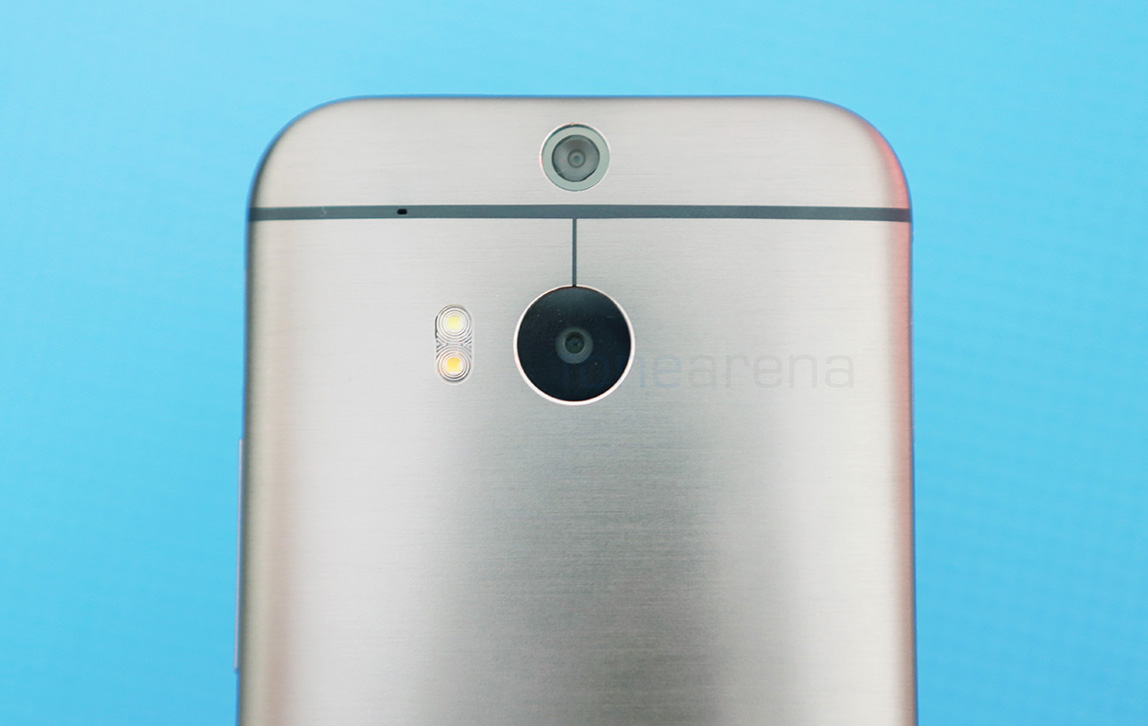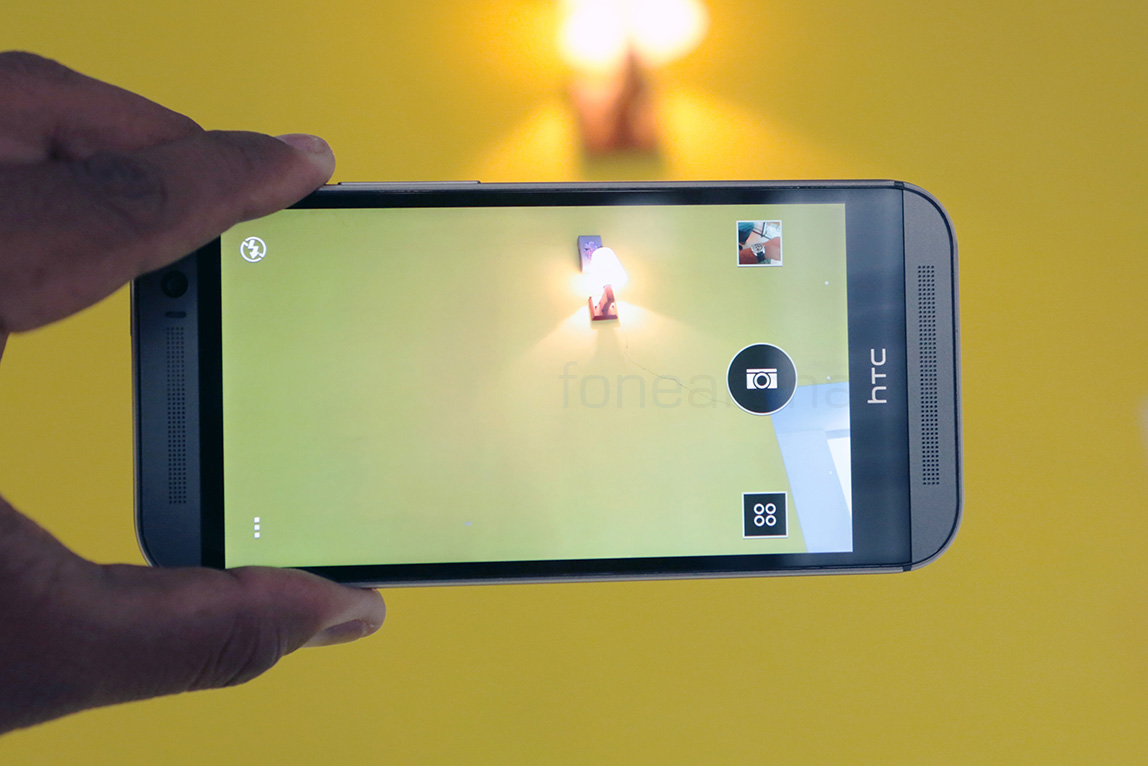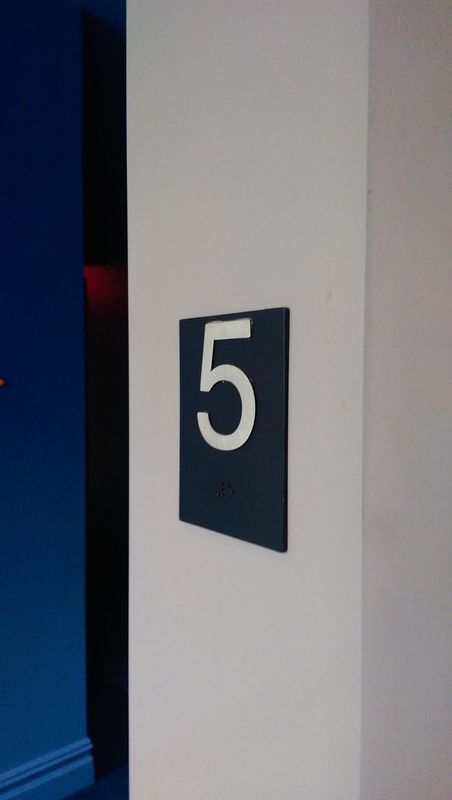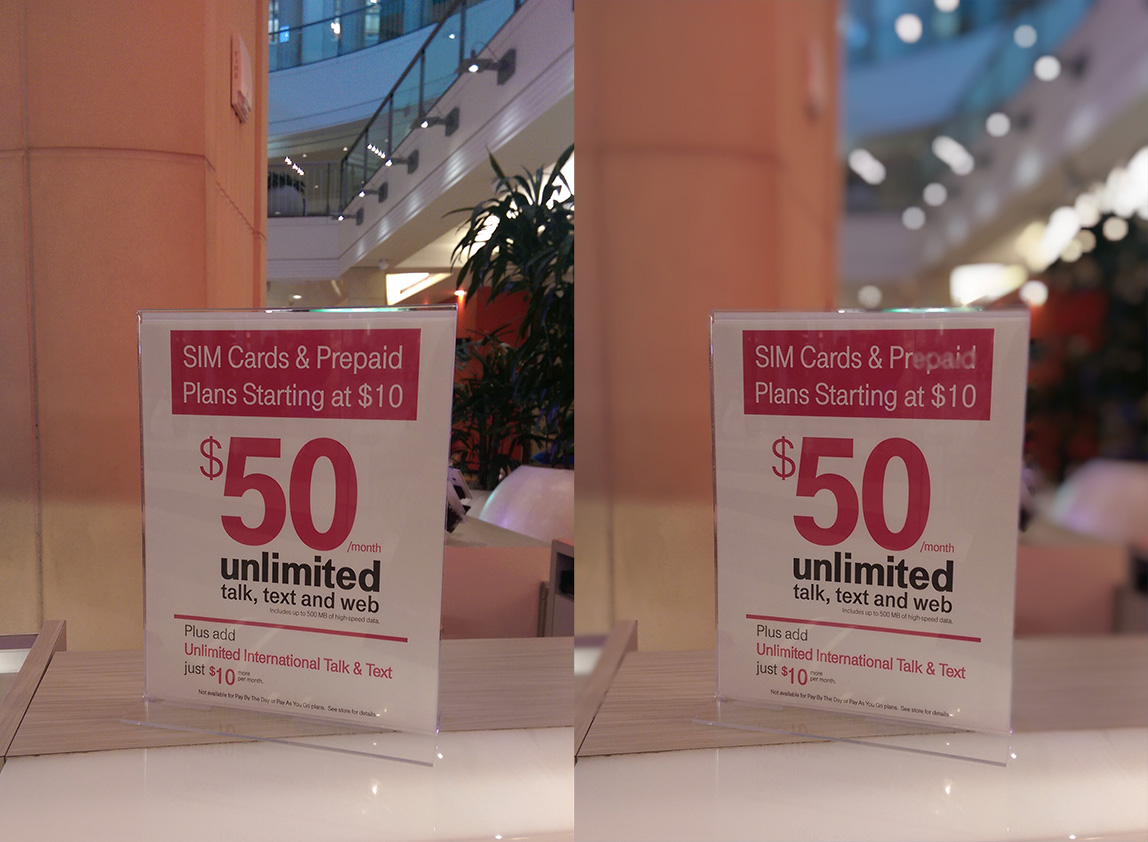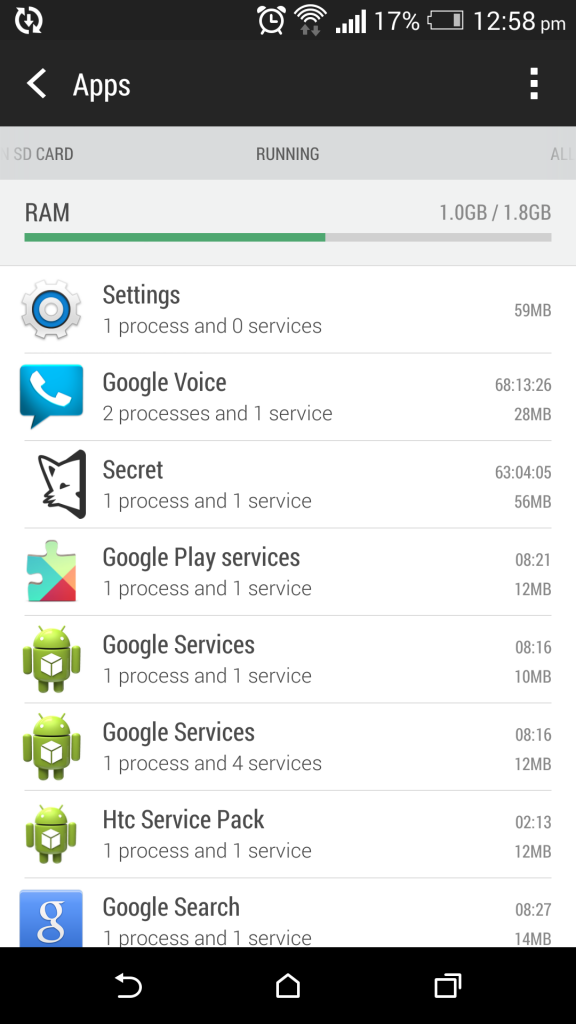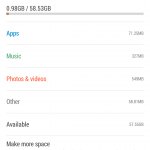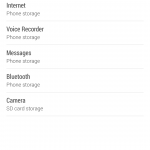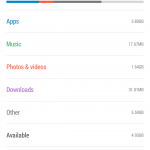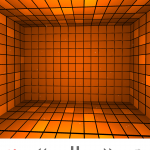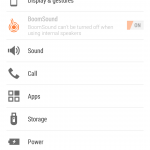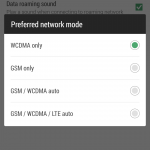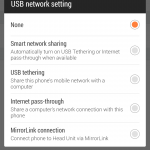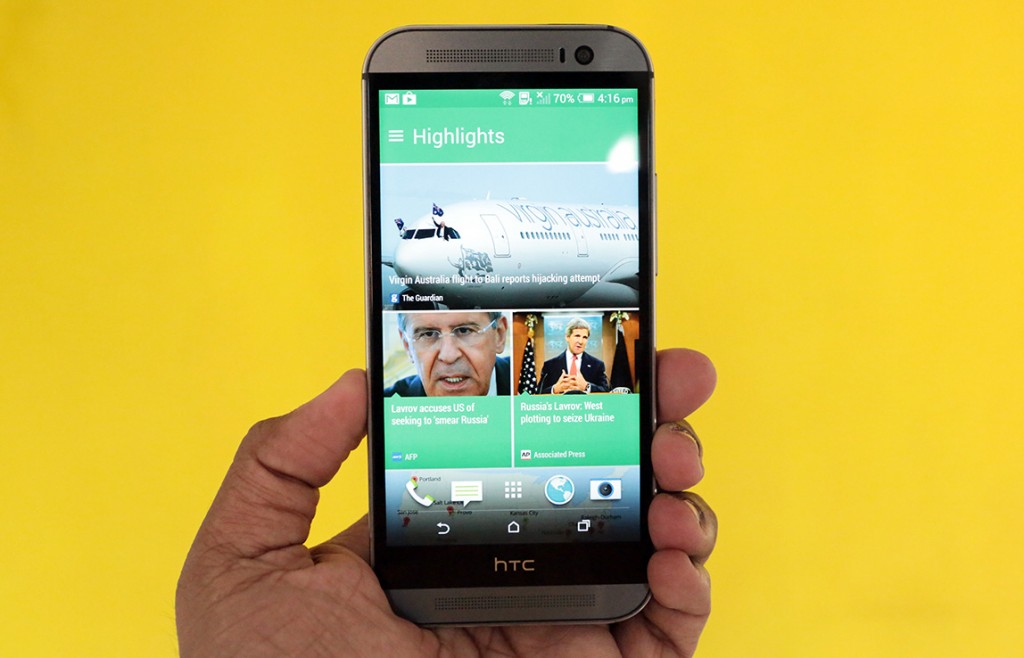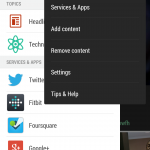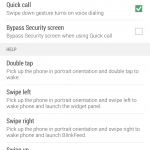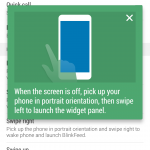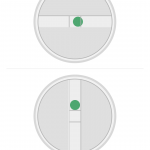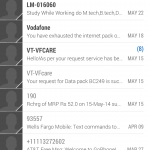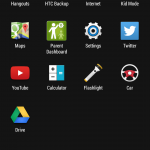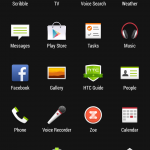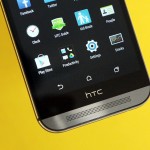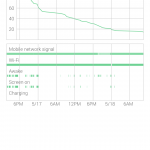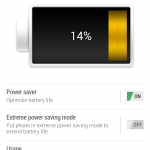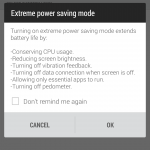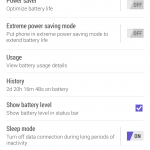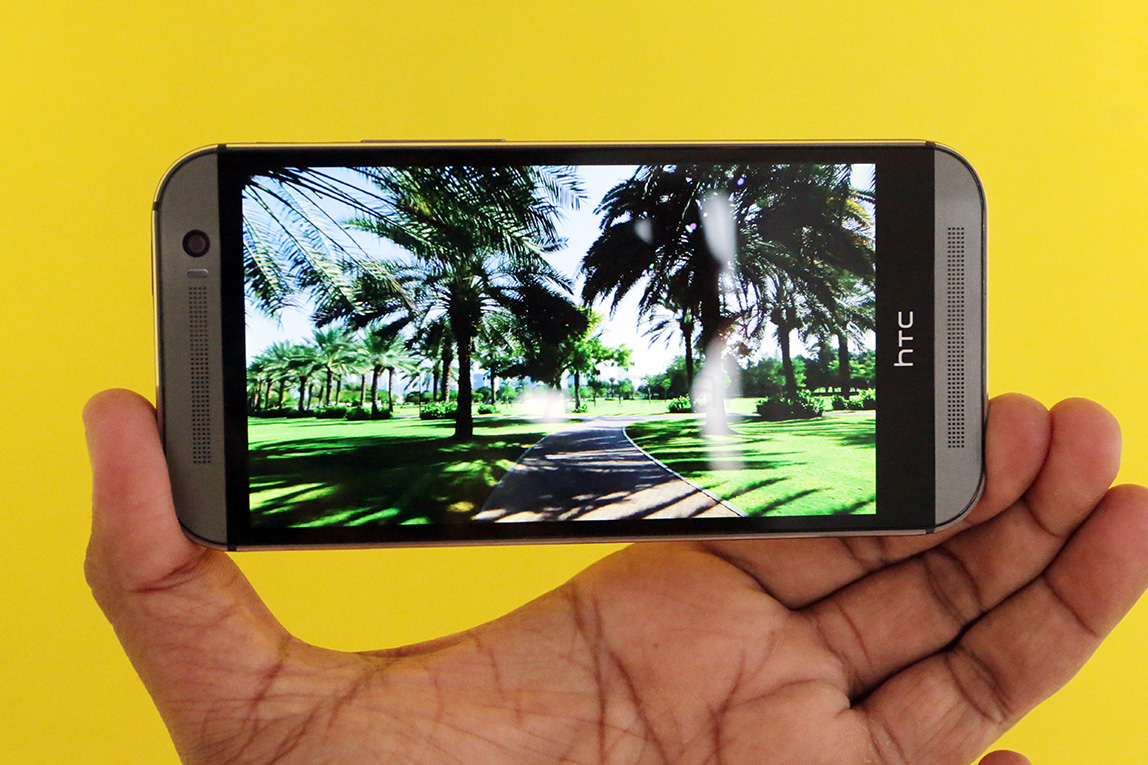HTC, the Taiwanese manufacturer, has been making smartphones for ages, but a definite breakthrough occurred when the company released the world’s first ever commercial Android handset, the Dream G1. A lot has happened since then, and the journey has been peppered with noteworthy products, especially the flagship “One” series. The One X started it all, as it was the first flagship that could truly stand out from the crowd. Sporting a brilliant 720p display, the One X had great design, build quality and general appeal. HTC continued this trend with last year’s One that won accolades for its slick design and build quality, and of course, a brilliant display. The software too had gone through various iterations under the Sense brand, and we are now at a point where all of it culminated into the company’s latest flagship, the HTC One M8.
Announced at an event in New York, the HTC One (M8) arrived in India not too long ago, which was an encouraging sign. Commanding a starting price of Rs. 49,990, the HTC One (M8) aims to offer the best of everything, with a slightly updated design, a larger screen and a new camera set up, while retaining all the goodness its predecessor was famous for, like for example, the HTC Boomsound. So, is the One (M8) the best HTC device yet? Can it be the flagship device you deserve? Let’s find out in our in-depth review.
httpv://www.youtube.com/watch?v=p6r1pfsd5_I
Design, Build Quality and Ergonomics
HTC’s design chief might be moving on to greener pastures, but he sure has left quite a legacy behind. After the original HTC One won accolades for its pleasing design and quality of build, the company has one upped itself with the new HTC One M8. Sure, the design language might be the same as the original but it still is one of the best looking devices out there and there is no doubt about that. The subtle changes to the One M8’s product design are as follows. The corners are now more curvier, the capacitive shortcuts have been removed in favour of on-screen buttons and finally, we have, by default, new colour options in Gold and Gray. We have the gray variant here, which looks slick, all thanks to the predominantly metal body.
Yes, the One M8 is more metal than the One. Previously, HTC went through a manufacturing process where they had fused Aluminium with polycarbonate plastic for better antenna performance and a really sturdy build. This time around, they have gone full metal, with only the same exposed bands of plastic on the back, housing a microphone, and a full plastic strip at the top for the antennae and the IR blaster. The front, although covered in glass, sports two plastic strips on the top and bottom, boasting front facing stereo speakers. The overall setup has made the One M8 even more sturdier and awesome to look at, but there are definite changes to the feel.
The chamfered edges on the sides are actually now part of the sides that curve into the back. This makes for a great fit in the hands, because of the curved body making the edges thin, leading to bulk in the middle. This should help the center of gravity and improve handling, but in reality, it is actually quite a slippery experience. It’s noteworthy that the metal here is polished to perfection, but is good and bad at the same time. Good because the material is soft to touch, bad because it is very slippery. The brushed lines on the back are new, but they certainly are just a cosmetic addition and do not contribute to a better grip. Another thing is wear and tear, which has always been hard for metal-based phones. The One M8 surely takes a good beating, but scratches and scuffs will be commonplace after long term usage, especially on the chamfered edges, we have noted.
The addition of the front facing speakers and the position of the power/lock switch always pose a problem for good ergonomics. This has been the case with the HTC One, and the M8 is no exception. The larger 5 inch screen now makes the device even more taller and harder to handle, but the main problem we see here is, the power switch. Located on the top right, the button is now relatively easier to reach but it would have made a lot of sense for it to be on the right side rather than at the top. Sure, it has its own function with a IR blaster underneath, but with a full plastic top, HTC could have just moved the button elsewhere, but they have chosen not to, making the device unwieldy for general usage. The lack of grip certainly makes the operation of locking the phone worse. The only redeeming factor is the addition of double tap to wake option for unlocking the screen, because using the power switch will most definitely result in dropping your phone at some point.
Hardware walkthrough
Let’s take a hardware walkthrough of this device in photos to see how it looks in front of the camera.
As mentioned earlier, the One M8 has a narrow and long front face, thanks to the amount of space occupied by the stereo speakers they fondly call “Boomsound”. The familiar premium design lends credence to the flagship nature of this device.
Above the new 5 inch full HD SLCD3 IPS display is the front facing camera that has a higher megapixel count than the phone’s main camera. This sits alongside the sensors, the speaker grille and the notification LED that lays inside.
The new One M8 loses the capacitive shortcuts that were part of the older one, but still keeps enough bezel between it and the speakers. As you can see, the keys are overlaid on the screen in the UI.
Moving to the right side of the phone, we have the nano SIM card slot and the volume rocker. The rocker is almost flush with the device, but has a nice tactile feel.
The left side has another slot, and this time, it’s for micro SD expansion, a long standing feature request for HTC’s flagships from users. Unfortunately this is also a pin-type assembly which requires the same pin as the one that they have provided for the SIM slot.
Moving over to the top, we have the rare plastic part of the device that wholly acts as a cover for the IR LED underneath and also houses the power lock switch, which moves from the left to the right, when compared with its predecessor.
At the bottom we have the 3.5mm audio jack and the micro USB slot.
Back is where HTC struts its stuff, with a beautifully curved and machined aluminium body, with strips of dark plastic running through. The plastic parts, one on the top and the ones on the back help in enhancing the antenna reception and perched inside one of them is a secondary mic, nudged in between on the top strip here.
On top of the back sits the Duo camera setup from HTC. The top camera unit is a low resolution camera unit solely used for detecting the depth map of the scene and the lower and bigger unit is the same 4 MP Ultrapixel unit as before. This time it loses OIS but the dual LED flash is now two-tone, just like the iPhone 5s which helps is capturing natural skin tones, using flash.
The back is non removable but packs a decently sized battery that will last you a day. Now let’s see more about the hardware.
Display
The display on the One M8 is a 5″ 1080p panel of the IPS SLCD3 variety. Suffice to say, HTC has been using great displays for its last three flagships and this trend continues with the One M8. The pixel density of 441 ppi is a step down from the 469 ppi of the original HTC One, mainly due to the difference in size of the display, but even purists won’t be able to tell the difference between the two. Pixel density aside, the One M8 has, as expected, one of the best displays out there. It has great colour reproduction, brightness, contrast and viewing angles and it’s all about meeting high expectations, which it gladly delivers. Our only quip with the display would be its bezels, especially the bottom one, where it actually loses space to the HTC logo, just because the company wanted to put a logo there. A part of the UI’s real estate is already occupied by the on screen buttons, so it’d have been nicer if HTC had considered making the display edge to edge, which would have been then a considerable upgrade in design. But that aside, the display is stunning for what it is, you’ll not be disappointed.
Camera(s)
Ever since the leaks started, the discussion around the HTC One M8 has always been about the camera. Initially believed to be a fingerprint sensor, following the One Max, it turned out to be something entirely different, a secondary camera unit above the primary camera, for depth sensing. This “Duo Camera” setup, was something we had explained in detail, in a blog post earlier. Basically, the setup here on the HTC One M8 is a primary camera, a 4MP “Ultrapixel” sensor, the same one as the HTC One M7, but without OIS. It has a physical pixel size of 2.0 microns on a 1/3″ type sensor, can record 1080p video and has a powerful Imagesense chip for hardware-accelerated post processing and Zoe, a capture style introduced with the One M7. The post processing is where the second sensor comes in handy. The camera unit above the Ultrapixel sensor has nothing but function, and it acts as a stereoscopic rangefinder, working in tandem with the other one. It can create depth maps of all the pictures you take and allows you to apply interesting post process effects like a bokeh blur. This, strictly being a post process solution, doesn’t really do anything else, and it doesn’t even have a viewfinder.
Along with Sense 6, the HTC One M8 also gets a brand new camera interface with tons of features, including the good old Zoe mode, new effects options, manual control for focus and exposure and a lot more. We had shown these new features off on our camera review video, which you can watch here for our complete verdict on the One M8’s camera –
httpv://www.youtube.com/watch?v=VY4LfjRkyqI
As you saw from the video above, our verdict is that the One M8’s primary camera is almost exactly similar to the One M7’s camera, which is not surprising. You can check out some of the full resolution camera samples here, taken in different conditions and lighting –
Check here for all the other camera samples here
Using the same sensor and lens, the M8 keeps pictures nice and clean in most conditions, but the algorithms sharpen the photos to an extent where details look tacky. The 4 megapixel resolution doesn’t help this either, as 100% zoom is achievable with little effort. Over-sharpening of details and sometimes, lack thereof, could make for an inconsistent experience with the camera and we personally believe HTC could have done something different here. However, they did do that with the “Duo camera” post processing effects, which are interesting.
The major effect is “U Focus” which reads the depth map and appropriately applies blurring to make it look like a photo taken from a DSLR with a really costly set of lens. This marquee feature works really well, when you know which photos are suited for it. The camera itself rules out macro photos and photos without proper foreground/backgrounds, but works like a charm on portraits and other scenarios where a distinction between the foreground and the background exists. Here is a photo that we used to demonstrate this effect –
The one on the left is without the effect and the one on the right is with, and you can clearly see how better it is. But of course, this effect doesn’t work 100% as it relies on really complicated algorithms, which aren’t perfect, yet. It also loses out on the USP factor when software based applications have already starter mimicking this effect, like Google’s “Lens Blur” mode in Nexus cameras, for example. Even Samsung, Sony and LG have their own implementations in software for this effect, but we can say that, the HTC one being a hardware solution, works best out of the lot. There are also other effects like “Foregrounder” which adds different kinds of effects to the same depth map information. Like for example, you can decolorize the background while keeping colour in the foreground. And then there is a “Dimension Plus” mode, which extrapolates data from the depth map again to give you a parallax 3D effect. These post processing features are purely enabled by the depth map, which will also be available to developers to take advantage of. Currently, all these other effects except U Focus, are mostly gimmick, and they all work with an error rate, but it’ll be interesting to see how developers deal with it, given the APIs.
Coming to the video mode, the HTC One M8, being powered by the Snapdragon 801 chipset, can record in different modes including slo-mo 720p 120 fps, 1080p 60 fps and the usual 1080p 30 fps. Unsurprisingly, HTC has not enabled 4K video recording on the M8, considering the fact that very few devices in the market can do 4K convincingly well. That aside, the video quality is generally good and stereo audio, recorded using high-fidelity mics, ensure quality audio output as well. You can check out the 1080p video sample in the camera review above, but here are two slow motion videos in 720p –
httpv://www.youtube.com/watch?v=eagq4Bf9s5s
httpv://www.youtube.com/watch?v=qtvEckE17Yk
And finally, we have the new 5 MP “Selfie” camera over at the front, which is actually called the same in the camera UI, if you had noticed above. Sporting a resolution higher than the main camera at 5 megapixels, it shoots really good looking selfies and also powers the dual capture mode. The front camera itself can record at 1080p resolution, so if you are looking to take videos on the front cam, that’d be good too. We tried it extensively and found the camera to be really good, which you’ll like, if you are a fan of taking selfies.
Internals and Performance
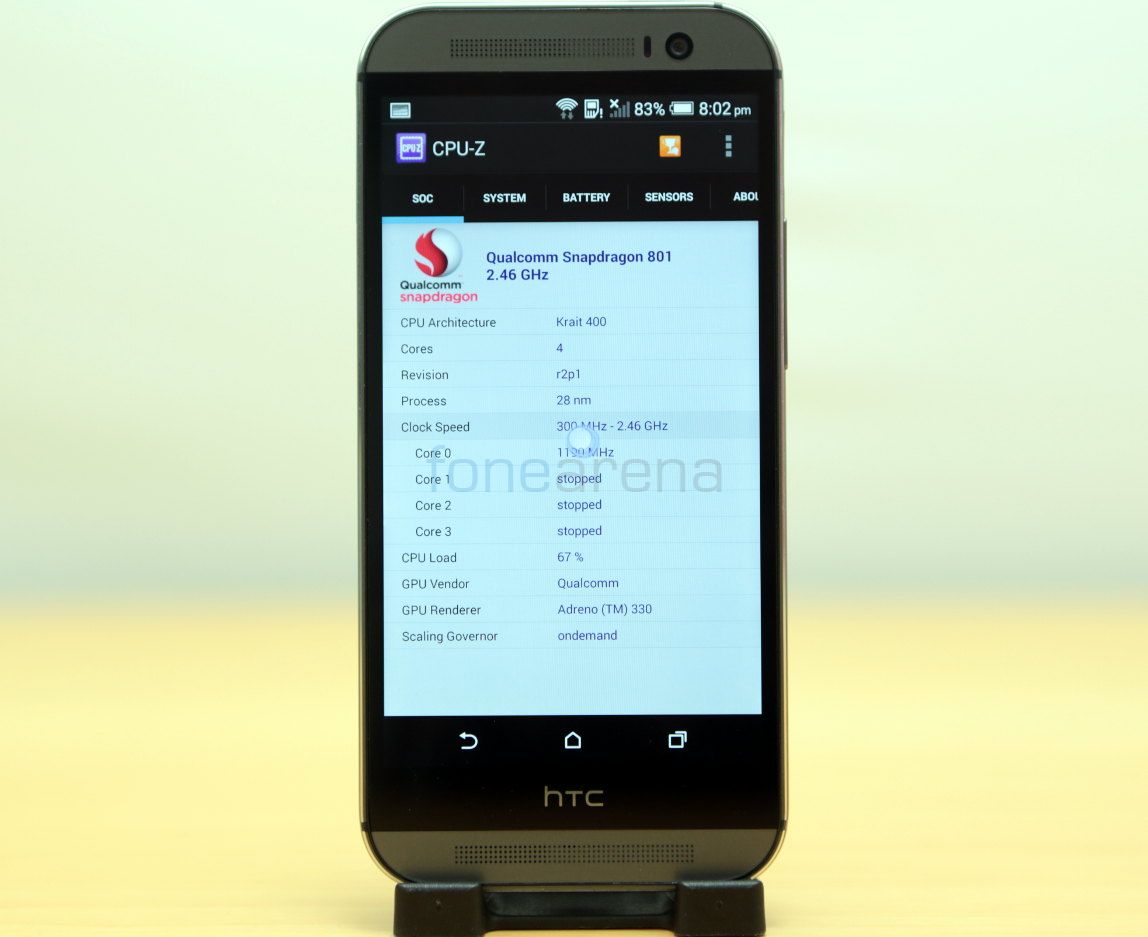
Flagship devices from most companies have been following the trend of adopting the fastest and most powerful chipsets on the market, onto their smartphones. HTC actually missed the boat last time, when they released their One M7 ahead of the Snapdragon 800 wave, but this time, it looks like they have caught up, by opting for the latest and greatest Snapdragon 801 chip, which is a slightly advanced variant of the older Snapdragon 800 chip. The MSM8974-AC variant comes with a quad core 2.46 GHz Krait 400 CPU and the Adreno 330 GPU for handling any smartphone task you throw at it, with ease. The device also packs 2 GB of LPDDR3 RAM, ensuring smooth performance even with several apps open in the background. When it comes to internals, companies usually make sure they have the top end specifications available for the user, and HTC is no exception.
To test the performance out, we had ran several synthetic benchmark tests to see how the One M8 fared in comparison with the other flagships, and this is how some of them turned out –

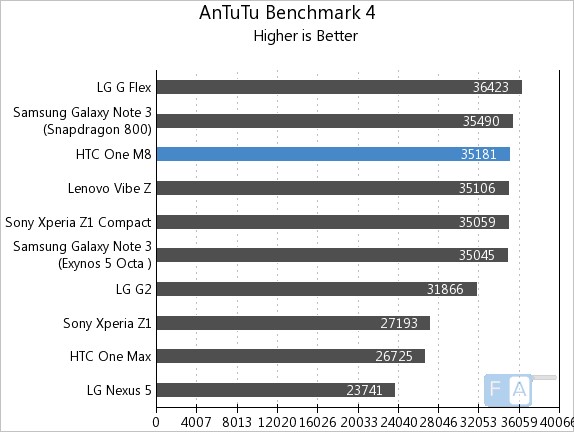
As you can see, the One M8 is on part with the other flagships most of the time, but it was interesting to see it lag behind some Snapdragon 800 devices. Clearly, there are modifications from HTC to bring the performance in line with battery life requirements and other design constraints, but the real world performance has never been an issue. The One M7 lagged very rarely due to the burden of a 1080p screen on the older Snapdragon 600 chipset, but the same screen on a 801 chip poses no such threat. Day to day performance on the One M8 is nothing short of blazing fast, and again, the flagship will meet the expectations. We have come to a point where the extra performance benefit is sometimes unused, and developers are still figuring out a way to showcase the power surplus, through games at least.
Talking of gaming, the One M8 is a delight for this particular use case. We tested out several games on the device, and found every one of them to work great, with the experience enhanced by the presence of front facing speakers. Fire up any game, and you will rarely see lag, or any sort of a deterrent to the performance. Speaks volumes about the rapid advancement in raw power from the chip companies. Anyway, here are some gaming videos that we shot, to give you an idea of how it is like –
httpv://www.youtube.com/watch?v=ftfGxdwLuD8
On the storage side, the HTC One M8 comes with 16 GB of internal memory, but the company has gone ahead and fixed one of the biggest complaints of the One M7, the lack of a external micro SD expansion slot. Yes, the One M8 now comes with a slot dedicated to expanding the storage upto 128 GB. We did exactly that, using a newly released Sandisk 128 GB card, and it worked flawlessly. One minor thing to note is that while apps can be moved to the SD card, the phone moves only some of the data, not all, so you might still run out of space, if you have too many huge games, all installed at the same time. Otherwise, there are options to move everything else to the SD card including SMS and Internet data.
On the RAM side, the system gets 1.8 GB out of the 2 GB of total RAM, and about 1 GB of it is in use, after running several apps in the background. HTC seems to have made its Sense UI lean enough for this to happen, a decent advancement from before, when anything lesser than 1 GB of RAM running Sense would lag.
Boomsound and Music Performance
There might be no “Beats” branding anymore, but HTC has retained everything that it did with hardware, with respect to sound. Just like the One M7, the M8 comes with two front facing speakers, fondly called “Boomsound” and rightly so. It just plainly rocks. The front facing speakers actually output stereo music, noticeable especially when you keep the phone in landscape orientation. The speakers are boosted by an amp that manages to pump out really high quality sounds without distorting them above the threshold. The stereo performance is so good that if you hold the phone upto your eyes in landscape, you can easily tell between the left and right channels, with it almost drowning out your ears like earphones.
Other companies, like Sony, have already started to adopt front facing speaker designs, following HTC’s implementation, which immediately makes sense for all the smartphones to have this. The music performance out of the 3.5mm jack is, as expected, brilliant too, but most of the phones have started to use dedicated amps for music processing, which has blurred the lines of direct comparison. Overall, if you are looking for a music phone, like for example, your job involves listening to a lot of music, or is involved with the music industry, this is the phone to get.
Connectivity
Tying in closely with the features of the chipset, the HTC One M8 boasts LTE connectivity and WiFi-ac support, apart from the usual 3G HSPA+, Bluetooth LE and so on. While the phone has NFC built-in, it doesn’t come with USB OTG support out of the box, which we found missing, while trying to connect a gaming controller to the phone. Also notable is that while Snapdragon 801 has added support for eMMC 5.0, HTC has sought to use just the 4.5 version for the One M8. The nano SIM slot, which sits inside a pull out tray is designed to accommodate one more SIM on the same tray, possibly for the dual SIM variant that will launch later.
Software
HTC’s Sense UI has seen many iterations, traversing a long journey from Windows Mobile till the present variant, running on top of Android 4.4.2 KitKat. Sense 6 debuted on the One M8 and will be available on other HTC phones too, including the One M7 that debuted with Sense 5.5. In a way, 5.5 was a radical change, and 6 seems like a good clean up act. With new on-screen buttons to handle, this KitKat based Sense goes all in with transparency for the dock as well as the notification draw, just like stock Android. This has visibly increased the real estate, in terms of perspective, but still will lose some of it to the virtual shortcuts. The crazy capacitive key layout from the One M7 is gone, which is indeed a good thing. Sense 5.5 went flat with its icons and its whole layout, design wise, and Sense 6 takes it one step ahead, with better design and icons in lists as well. The new UI also has interesting additions like a color-matched notification draw for certain default apps, which makes the experience slightly better. With four pre-installed themes, HTC has tried to offer some level of personalization for its launcher, but its feature list outweighs the customization options.
Blinkfeed, introduced on the One M7 takes one whole home screen just like before, and it is still non-removable. Apart from the apparent lack of choice to disable it, Blinkfeed actually works quite well for people who wouldn’t mind the experience. Sure, the on screen buttons are a bit distracting when going through the feed, but this updated version makes up with social media integration and other new curating features. You can add sources of news, add your social feeds from Facebook, Twitter, Foursquare and Google Plus, and even track your Fitbit right on the Blinkfeed screen. This vaguely reminds us of the feed on the Nokia N9’s Meego harmattan operating system, and even Windows Phone 8.1 is going for this approach using the “me” feed. Only problem is that it occupies a whole homescreen, which many swipe into, just for the sake of swiping. Blinkfeed could be a really nice app, if HTC wishes to unbundle it and make it an optional widget.
Among the many other new additions is the curious implementation of gestures. The HTC One M8 has a dedicated gesture sensor that constantly monitors your swipes on the screen, assuming it uses a low power chip dedicated for this task. This has finally enabled the “double tap to wake” gesture on the screen, which marginally reduces the pain of reaching the power/lock switch at the top for waking the device. There are also other gestures, like swipe to the left or swipe up on the locked screen to directly go to the homescreen, swipe right to directly go to the blinkfeed and swipe down to activate voice commands. These work great even when you have accessories like the Dot View case on. Apart from this, we have all the HTC specific default apps that are all enhanced to support exclusive features like Zoe, in the gallery app for example. There is a native browser apart from Chrome, and there are also completely customized apps for the dialer, the messaging and every core OS feature.
Taking cues from other OEMs, HTC has also added a “Kids mode” feature that adds a much needed parental control option, and there is even a separate dashboard to manage this feature. HTC are still sticking their own set of utility apps too, for tasks, voice recording, torch light, a TV remote app and so on, as you can find in the screenshots above. Overall, if you ask us, the software is completely a HTC experience, and only the US market is being serviced with a Google Play edition, for the ones who prefer stock Android on the One M8’s hardware. But we’d say Sense 6 did treat us well, with features and the UI meeting our expectations from a modern flagship. About time.
Battery Life
The One M8 comes with a 2,600 mAH battery which is non-removable and sealed inside the phone, but not to worry, because it definitely continues the legacy left behind by the One M7, and even surpasses it, in some ways. In our general medium to heavy usage with constantly connected apps like Twitter and Whatsapp, apart from the usual number of calls and other sparsely used apps like foursquare and instagram, the battery lasted more than a day, with about 30 odd percentage still left to spare. This is excellent battery life, considering I do the same set of tasks with each and every phone we review. It was surprising to note that the phone keeps its cool even under stressful conditions like gaming and using the camera, and still manages to last through the day.
Even better are the options for power management, which includes the normal “power saver” mode and the “extreme power saving” mode. The former works by reducing the CPU cycles, the brightness and so forth, but the latter completely cuts down on all the background tasks, gives you a simple UI, with very few options like the date’n’time, dialer, messages, mail, calendar and calculator. That’s all you can do in the extreme power saving mode, which basically turns your smartphone into a dumbphone. Even mails will connect to the internet only if you choose to check, ensuring long lasting battery life in this mode. In times of battery life crisis, this is one of the best features a phone could have, or lack there of. It’s interesting to note that even Samsung has implemented something similar on the Galaxy S5, and we really hope this becomes an industry trend and all manufacturers do something about the battery drain.
Conclusion
Answering the initial question, is this the best HTC device yet? Undoubtedly, but could the company have done certain things better, is still up for debate. The One M8 is easily one of the best looking, well-built Android smartphones ever made, and it improves upon its predecessor in many fronts. You have a bigger screen, a better front facing camera that keeps up with the times, a new second camera unit at the back for enabling interesting post process effects, but some things have remained the same, like for instance, the main camera unit. A 4 MP image with over-processed artifacts is something HTC should have fixed, and it remains one of the very few pain points of the whole One M8 experience. Other minor annoyances like a slippery body, the placement of the power/lock switch and the inability to directly install apps on the SD card aside, the HTC One M8 is truly a flagship, a bleeding edge device that could be well worth your money, depending on your priorities, of course. A quick look at the competition will tell you how better the design, the build quality, battery life and the music experience will be, on this device, and if you don’t mind the camera, which is not too shabby really, then the HTC One M8 is the flagship you deserve.
Pros
- Great design and build quality
- Accurate display
- Selfie camera takes good photos and videos
- Best music output from a phone, both speakers and earphones
- Sense 6 is clean and fast
- Long lasting battery life
Cons
- Still the same 4 MP camera
- Post process effects are not 100% accurate
- Body too slippery to hold, might get scuffed up in the long term
- Power/lock switch unreachable, tall form factor doesn’t help

